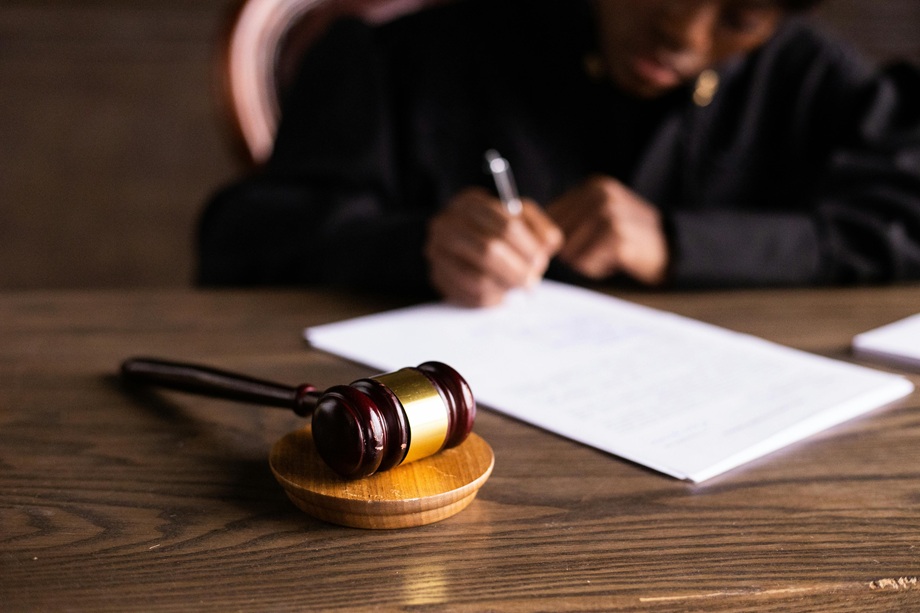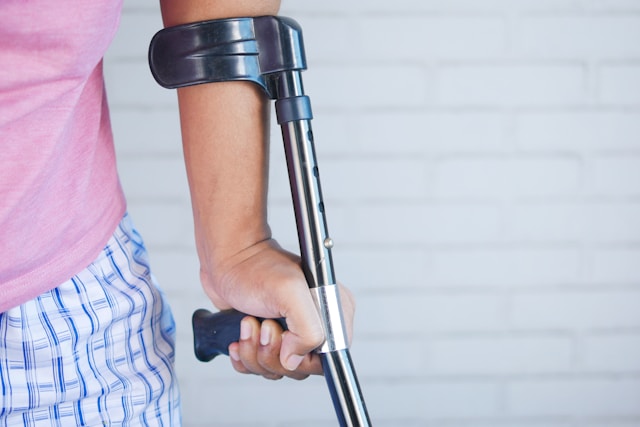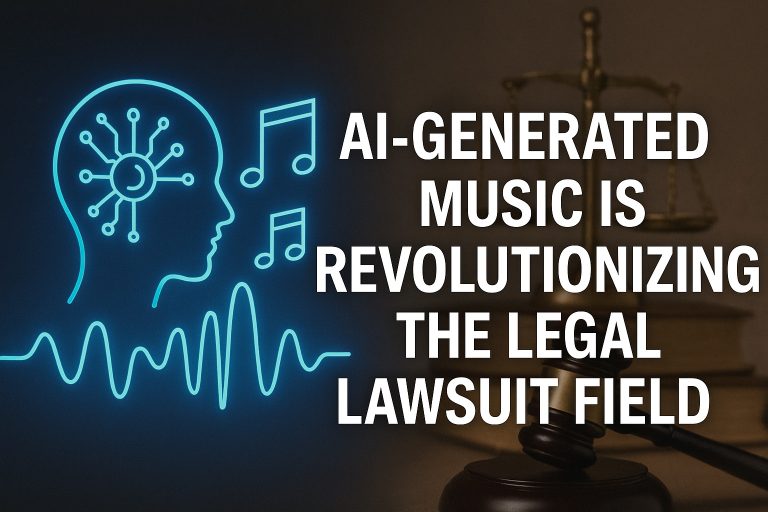Indirect harm cases can make it difficult to pinpoint exactly who should be held accountable. Sometimes the person who caused the injury wasn’t the one who created the risk. A contractor cuts corners, a property owner ignores warnings, and a manager approves unsafe procedures are some examples. These actions or omissions can ripple outward and cause serious consequences.
Who takes the blame when the person harmed wasn’t directly targeted? What standards are used to connect decision-making to injury? How do courts approach responsibility when multiple parties play a role? This article will explore how liability is established in these types of complex indirect harm situations.
When Oversight Replaces Direct Action
Supervisors are often held liable when they ignore risky worker behavior. A company may not cause harm directly yet still bear the blame. If leadership overlooks issues, courts may interpret this as neglect. The principle of vicarious liability allows courts to hold companies responsible for their employees’ actions.
Investopedia notes that vicarious liability means an employer can be responsible for their employee’s harmful actions. If a worker causes damage while performing job duties, the employer may face legal consequences. Courts usually examine whether the act happened during work and whether prevention steps were taken. Companies without clear safety policies often increase their risk of being held accountable.
Organizations are expected to prevent foreseeable harm through adequate supervision. Employers must ensure their teams follow established safety standards and procedures.
A lapse in oversight may result in injury or loss for others. When issuing a verdict, the legal system considers who had control, not just who acted. Responsibility often flows upward when proper management is missing.
What role does industry standardization play in oversight cases?
Companies are legally expected to meet or surpass established industry safety standards. Courts often compare internal protocols with broader norms to assess negligence. Falling short of peer safety benchmarks can significantly increase legal risk, especially in cases where failure to act contributes to indirect or systemic harm.
Establishing a Connection Between Parties
Liability often depends on proving a strong link between the involved parties. Indirect harm claims require showing the source of duty or responsibility. If a third party causes harm, the original contractor may be liable. It’s crucial to understand that delegating tasks does not always remove liability from the primary actor. Legal claims often follow the chain of contracts and oversight agreements.
Ballard Spahr states that in 2023, Washington State’s Supreme Court clarified rules around delegating contractor responsibility for the state. It was stated that delegation only transfers liability when the task is clearly defined and explicitly handed off.
Courts emphasized that companies must also ensure contractors are carefully vetted and properly qualified. Without these steps, liability often remains with the original party regardless of delegation.
It’s also worth noting that causation is not always physical but can be legal or procedural. Understanding these connections helps determine who may be held financially accountable. Courts expect proactive accountability from those with hiring or supervisory roles.
Is liability affected if roles are informally assigned?
Without proper records, disputes may arise over who was responsible for which tasks. Courts frequently evaluate actual control during the project, not just formal contract terms. Verbal agreements or casual task arrangements can still create shared legal liability, especially if oversight or supervision is unevenly distributed.
Where Individual Judgment Can Lead to Corporate Exposure
Legal responsibility can extend beyond the person who directly caused harm. Courts often examine whether someone was acting within the scope of a role. When mistakes happen during employment, companies may also face legal scrutiny. This becomes especially relevant in services where public safety is involved.
For example, a rideshare accident might seem like a simple case of driver error. But when it happens during a paid trip, questions of broader responsibility arise. According to Loewy Law Firm, the driver may have been following company protocols at the time. However, if unsafe behavior had been previously reported and ignored, that matters too. Platforms like Uber or Lyft provide the structure within which these incidents occur.
In such cases, questions about oversight and corporate responsibility often arise. As a result, victims may choose to file a rideshare accident lawsuit to pursue accountability. These legal actions examine whether the platform failed to prevent a foreseeable incident. When it comes to indirect liability claims like these, systems and oversight matter just as much as individual choices.
Can third-party platforms reduce their exposure contractually?
Some platforms attempt to avoid legal responsibility through disclaimers in user agreements. However, courts scrutinize these closely, focusing on how much control the platform exerts. If a company influences service delivery or worker decisions, disclaimers often fail to shield them from potential liability in case of harm.
The Role of Negligence in Policy Decisions
Company policies can cause harm when they ignore potential safety concerns. Legal claims may focus on procedures that failed to prevent foreseeable risk. Negligence arises when harm results from avoidable management decisions or omissions. Ignoring staff training needs may lead to liability after an incident.
EHS Today mentions that even offering training doesn’t guarantee that every employee understands or benefits from the material provided. Around 50% of non-native English speakers say their company offers no training in their native language. They’re also 27% more likely to feel pressure to choose productivity over safety. Alarmingly, they’re 127% more likely to feel unsafe reporting workplace hazards than native speakers.
Courts examine whether policies meet a reasonable safety standard. Failing to update procedures can support indirect harm claims in court.
Companies must routinely assess how their rules impact third-party safety. Decision-makers carry legal weight when shaping risk through policy. Negligent management structures often form the basis of liability in civil litigation.
Can employee feedback influence court assessments of policy?
Repeatedly ignored employee complaints can strongly suggest negligence on management’s part. Courts often review internal reports, complaint logs, and survey data during litigation. A documented pattern of concerns without follow-up reveals weaknesses in safety oversight and may significantly increase a company’s liability exposure in workplace-related legal disputes.
When Warnings Go Unheard or Unspoken
Legal claims often hinge on whether a proper warning was provided. Avoiding crucial alerts causes preventable issues to become serious problems. Prior complaints ignored by leadership may increase liability in court.
In one instance from March 2024, a worker at Hailiang Copper Texas Inc. lost part of their arm at work. OSHA found that the company had failed to install proper machine guards and also ignored basic energy control protocols. Inspectors cited 24 serious violations and proposed over $250,000 in penalties.
Businesses must communicate known risks clearly and promptly to all parties. Failing to disclose hazards can be interpreted as passive negligence. Courts may view silence as a conscious failure to protect others.
Warning systems and follow-up procedures help prevent indirect injury to the public. Documentation of internal reports strengthens or weakens the negligence argument. Missed communication is a major liability factor in indirect harm cases.
What happens when warnings are verbal only?
Verbal warnings without supporting records are difficult to verify and often carry little legal weight. Courts tend to favor written documentation that clearly outlines hazard identification and communication. Without physical proof, companies may struggle to defend themselves in cases involving claims of indirect or preventable harm.
Understanding indirect harm claims means looking at how oversight, control, and communication work together. Liability often extends to managers or policy leaders who ignore risks or safety standards. Courts expect companies to act early, not just respond after something goes wrong.
Defending against such claims requires more than good intentions or a clean record. Strong cases rely on clear proof of careful planning and follow-through. That includes written policies, task delegation, and safety checks. Companies that lead with accountability are better positioned to handle legal scrutiny when accidents happen.




